Dear Stephen,
What do you know about LDM 100 (Lomatium dissectum)? It’s new and growing fast amongst the autism arena. Many are claiming that autism is really just lyme. Well, my autistic children and I have lyme. I am starting on your protocol with cryptolepis first, since we also have bartonella and babesia. LDM 100 is reportedly a lyme-killer as well as kills much else. I was wondering what you think of it, and if it could fit within your protocol.
Stephen’s response:
Lomatium dissectum is an exceptionally potent herb. I generally use it with pneumonia, lung infections that will not clear, SARS, intrangient flu, and so on. I am leery about it being used long term. I think of it primarily as an antiviral rather than an antibacterial even though it does have antibacterial actions. I have no evidence that it is effective in lyme (and none that it is not).
I am not so sure about autism just being lyme infection; there are a lot of theories out there about autism, the proponents of each theory being pretty intense about it. I do realize that there seems to be a high proportion of autistic children that also have lyme; I am just beginning to look into this but it is early days yet.
Primarily I feel about Lomatium the way I do any herb; use it intelligently and see if it helps. If it does, it doesn’t matter what anyone else thinks about it. I would, however, again, mention that it is a very potent herb and I am not sure that long term use is indicated for most people. This is not to scare you off it, just to increase your awareness.
Stephen
-
Stephen Harrod Buhner was an Earth poet and an award-winning author of twenty-four books on nature, indigenous cultures, the environment, and herbal medicine including the acclaimed book Healing Lyme: Natural Healing & Prevention of Lyme Borreliosis & Its Co-infections.
Stephen came from a long line of healers including Leroy Burney, Surgeon General of the United States under Eisenhower and Kennedy, and Elizabeth Lusterheide, a midwife and herbalist who worked in rural Indiana in the early nineteenth century. The greatest influence on his work, however, was his great-grandfather C.G. Harrod who primarily used botanical medicines, also in rural Indiana, when he began his work as a physician in 1911.
Stephen’s work has appeared or been profiled in publications throughout North America and Europe including Common Boundary, Apotheosis, Shaman’s Drum, The New York Times, CNN, and Good Morning America. Stephen lectured yearly throughout the United States on herbal medicine, the sacredness of plants, the intelligence of Nature, and the states of mind necessary for successful habitation of Earth.
He was a tireless advocate for the reincorporation of the exploratory artist, independent scholar, amateur naturalist, and citizen scientist in American society – especially as a counterweight to the influence of corporate science and technology.
View all posts

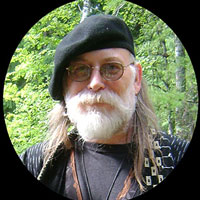



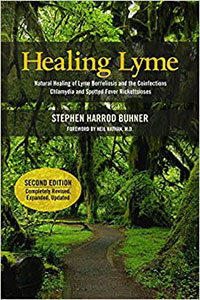
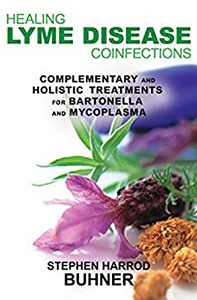
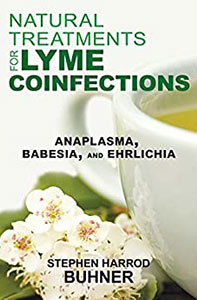
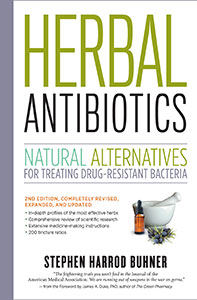
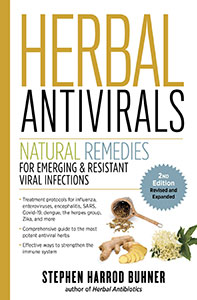



0 Comments